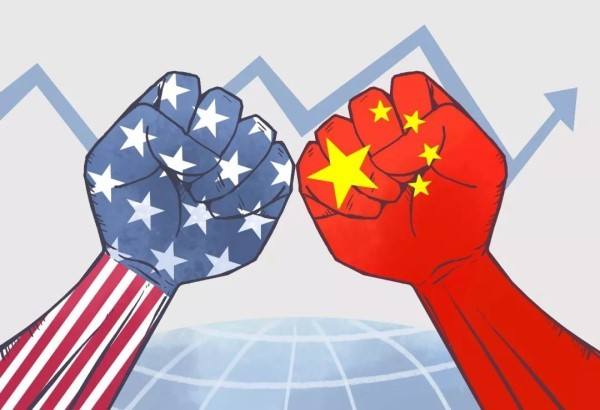How Can China Endure the Trade War?

China-US trade tensions are intensifying, and the US threatens to ratchet up the pressure by imposing $200 billion tariffs on Chinese imports. A few weeks ago, Vice President Pence lashed out at China's development model in his speech, which was widely interpreted as a sign that the ongoing trade tensions would extend into the political and military arenas. It is a question on every one's mind — Where are China-US trade relations heading? In the years from 1968 to 1996, the trade war between the US and Japan went on for 30 years. It may well shed light on the China-US trade dispute.
The trade war between the US and Japan escalated in different phases. Six confrontations lasting 2-6 years took place during the whole period. Whenever an industry began to emerge in Japan, or threatened to overtake its US peer, it would be subject to US trade sanctions. Over these years, Japanese exports like textiles, steel, TV, and cars were subjected to trade sanctions by the US, culminating in an array of agreements on production and export restrictions. In the late 1980s, the third industrial revolution swept the world, and Japan began to leapfrog over the US on all fronts, which ignited a full-blown trade war between the two countries. From 1985 to 1991, the US and Japan were entangled in six years of negotiations covering fields like semiconductors, super computers, and telecommunications, and signed a series of agreements, including two on semiconductors and four on market access,
with the most notable ones being the Plaza treaty and the Maekawa report. From 1989 to 1996, the two countries signed agreements on structural reform, insurance, and comprehensive economic reform to address market access impediments.The decades-long trade war failed to reverse the decline in US industries but it did reshape Japan's development model, accelerate its supply chain development, and bolster its global mergers and acquisitions. The top 10 M&A cases all took place after 2000.
The trade war the US is initiating against China seems to be escalating much faster than the one it initiated against Japan. This is due to the extent of China-US economic relations. Since China's accession to the WTO in 2000, its external economic engagements have substantially increased, thanks to China's comparative advantages in labor, land, and resources, which contributed to economic recovery from the global crisis. Though China and the US have had their share of trade disputes in the past regarding photovoltaic and tire imports, the US recognized China as an important market which has made great strides in compliance with international trade laws. The Trump administration pursues the America First policy, and made reducing the trade deficit a prime target. Not surprising that China, as the fastest growing manufacturing power, and the largest source of the US trade deficit, has been bearing the brunt of protectionism-driven trade policies. What's more, the US is challenging the development model, market opening and industrial policies of China, with the ultimate goal of making China accept US trade policies, which is not acceptable to the Chinese government. China's development model and industrial policies are tailored to its development stage and market structure. Though it is not above improvement, it is being constantly refined, which is a process rather than an event. It is wishful thinking that the US can impose change on China,

